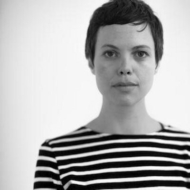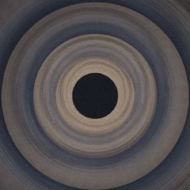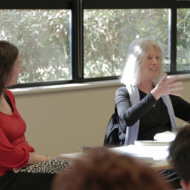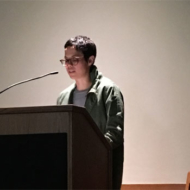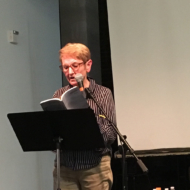Object Habitats and Relational Aesthetics in the Poetry of Pam Brown and Astrid Lorange
The word ‘habitat’ is associated most often with living matter. Habitats are places of linkage; environments that sustain, and are built by, living things. But what happens when we think about poems as habitats for all and any thing, whether sentient or not? Languages are ecologies in which ‘things’ are named as they do their ‘thinging’, thereby gaining provisional definition via acts of subjective apprehension. Contemporary Australian poets Astrid Lorange and Pam Brown both write thing-ly poetries. Both display an intense and tender regard for nouns as they verb. Both revel in arrays of lists. In Lorange’s super-charged works, objects and bodies impress upon and are arranged alongside others in teeming ecologies. Material and conceptual transformations occur as poems enable “an endless mixing of the properties of persons with the properties of things” (Frow 280) – as in the poem ‘Wolves are Swarms’: “I just said: I am a swarm of impressions / I just said: this is a suite of dirty little wolves // the simple, hidden swarm of events and actors […] / you, as a fennel bulb” (Lorange 21). In a related mode, Brown’s poems play with a sense of poetic texts themselves as other-than-human objects, even as they are written by (and gifted between) people. Via a series of conditional naming exercises, Brown meditates on poetry as a habitat in which others and things can exchange properties without being appropriated: “this poem – merely a hint / of the trove of things […] it’s nothing really” (Brown 35). This paper compares the object-fascinations of Lorange and Brown to suggest ways poetry can effect a thing-swarm – a mode of relational or collective aesthetics, or a ‘thinking with things’.
Audio
Date Recorded: 12 Sep 2014Duration: 37:37




